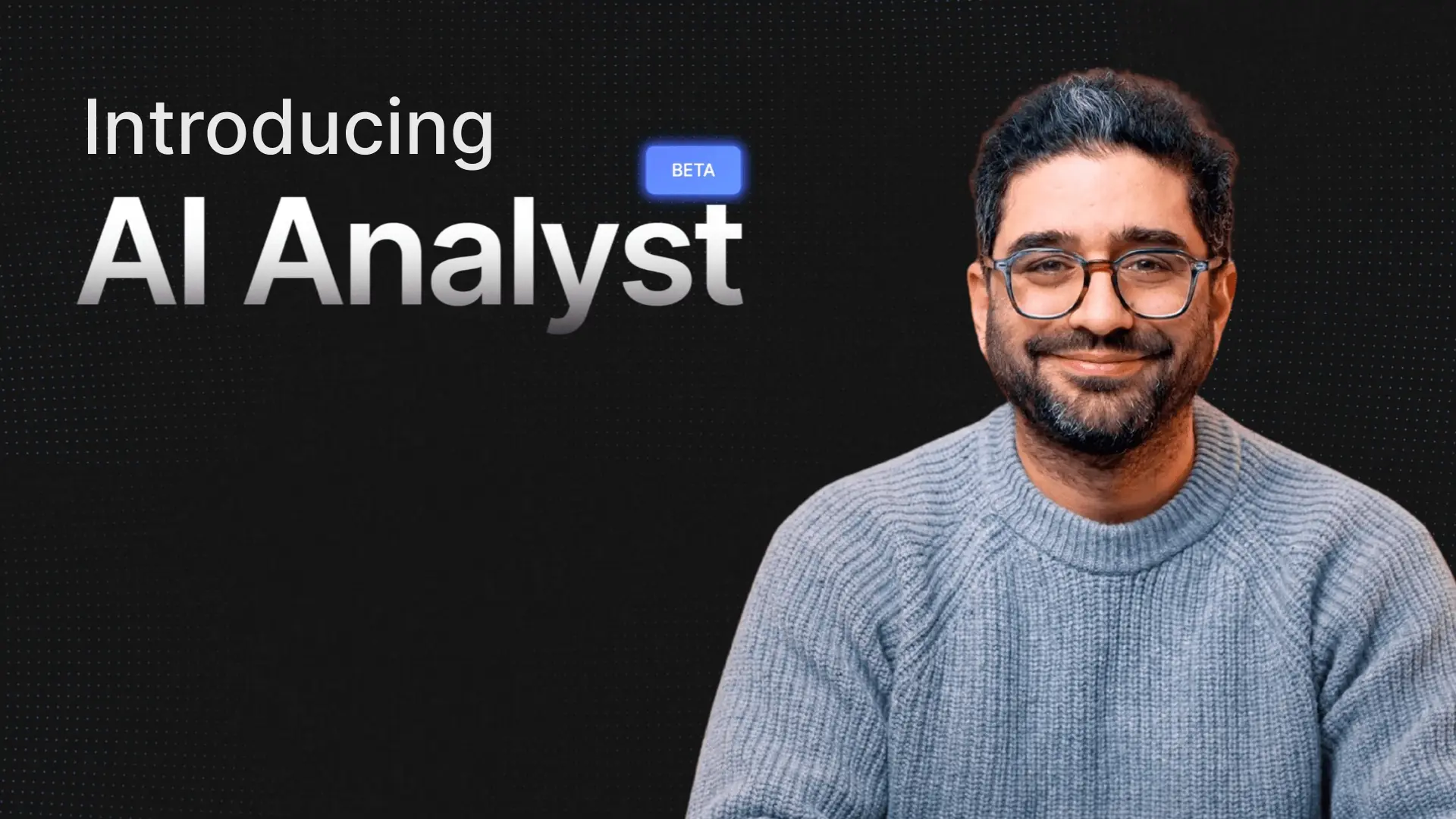Capacity Market: Could battery de-rating factors increase in 2024?
Capacity Market: Could battery de-rating factors increase in 2024?
The ESO has proposed changes to the methodology for calculating battery de-rating factors in the Capacity Market, following a review. Some of the proposed changes could affect the 2024 Capacity Market auction for T-1 2025/26 and T-4 2028/29.
Since December 2023, the Capacity Market has represented 30% of monthly battery revenues. De-rating factors directly impact the value of the contract batteries receive.
So what are the proposed changes and how could they impact batteries?
Increased availability of battery operational data and recommendations from the Panel of Technical Experts in 2022 led to the storage de-rating factors methodology review.
ESO was going to publish the response to the consultation in July 2024. However, a general election was called in Great Britain for 4 July 2024, which may postpone the publication of the response.
This article will explain:
- What the current de-rating factor methodology is
- Why new methods are being considered
- Which new methods are being considered
- The impact of this change on batteries
De-rating factors measure the reliability of storage during stress events
The Capacity Market is designed to ensure that the grid has enough generation capacity to meet demand at times of potential stress. De-rating factors are used to weight capacity from different generator types, based on the value they provide during these events. In general, shorter duration, less predictable generators are de-rated more.
Increased capacity from weather-dependent generation and storage means stress events are expected to last longer. As a result, the reliable contribution of storage is limited by duration. Battery de-rating factors have trended downwards since their introduction in the T-1 2018/19 and T-4 2021/22 auctions.

In the T-1 2022/2023 auction, ESO expected 95% of stress events to last less than 4.5 hours. This increased to six hours and then eight hours in subsequent auctions. Storage with a duration below these thresholds was classed as duration-limited and de-rated.
While this downward trend is set to continue, the methodology for calculating de-rating factors is likely to change, which could increase de-rating factors.
The methodology has not been updated since its introduction in 2017. Around 100 MW of battery capacity was on the grid at this time, meaning battery availability data was insufficient. However, battery capacity has grown to 4 GW since then, increasing the available data.
Both components for calculating de-rating factors could see a change in methodology
De-rating factors equate storage units with a quantity of firm capacity by considering how much power a unit can provide and for how long.
De-rating factors are the product of technical availability and Equivalent Firm Capacity (EFC).

Technical availability measures how much power a unit can export to the grid. Equivalent Firm Capacity (EFC) considers the duration limitations of storage. ESO evaluated the methodology for both components in the review. However, only the EFC changes can be implemented this year, impacting the next set of auctions.
Several EFC methods were assessed against the following criteria:
- Incentives for security of supply: ensures the total de-rated capacity matches the expected de-rated capacity (Storage Fleet EFC).
- Efficient market clearing: reflects the incremental value of storage at the point where the Capacity Market clears.
- Minimize unintended consequences: does not incentivize unexpected behavior.
- Stakeholder fairness and transparency: fairly allocates contributions and is not unnecessarily complex.
The current EFC methodology has not aligned with the growth in battery capacity
ESO uses an algorithm to model the relationship between firm capacity and risk. Here, the risk is Expected Energy Unserved (EEU). EEU is the average energy demand not met by supply over an extended period. This relationship creates a curve that is used for all EFC calculations.
The two main methods highlighted in the review were the existing method - Incremental Last In, and another method, Storage Fleet EFC.
The Incremental Last-In method provides an EFC value for each storage duration. The Storage Fleet EFC provides the expected de-rated capacity of all storage on the system.

Incremental Last-In EFC can be summarised as the increase in firm capacity divided by the increase in storage capacity at a given duration. The process is repeated for each storage duration.
Meanwhile, Storage Fleet gives the total de-rated capacity from all the storage expected to be on the grid within the delivery year. This is calculated by finding the change in firm capacity if all storage was taken off the grid.
The limitation of the Incremental Last-In methodology is that when the EFC (in MW) for each duration is summed, it does not equal the Storage Fleet EFC (in MW).
This is significant as the Storage Fleet EFC should align with the expected total storage de-rated capacity from Future Energy Scenarios and previous Capacity Market Auctions.
Storage EFC is not split by duration and cannot be directly used in the de-rating factor calculation.
Because of this, a third method - Scaled EFC - was selected as the proposed methodology. This is because it adapts the Incremental Last-In method to align with the Storage Fleet EFC.
Scaled EFC could replace the current Incremental Last-In method used for calculating de-rating factors
Scaled EFC adds a step to the current method. This step proportionally scales each EFC (in MW) for each duration so that the sum of the EFCs of all durations equals the Storage Fleet EFC (MW). The new EFC (%) for each duration is then calculated based on this scaled EFC (MW) value.

Of all the reviewed methodologies, Scaled EFC was selected because it best met each of the four criteria. The method means that security of supply is maintained as the total de-rated capacity from this EFC matches the expected Storage Fleet EFC.
It also has less scope for unintended consequences.
Scaled EFC maintains security of supply and minimizes unintended consequences
An unintended consequence of the current methodology is that storage providers were incentivised to enter the auction with a higher duration. This is because they were able to take advantage of the sharp increase in EFC between 8.5 hours of duration and 9 hours.

The downward trend in de-rating factors has impacted contract value. The contract value for batteries in the Capacity Market against their nameplate capacity is directly proportional to their de-rating factor. In the T-4 2027/28 auction, increasing duration allowed some providers to generate an additional 36% in contract value.
This also makes it more difficult to measure the total installed power capacity of batteries. The connection capacity in the auction does not match the nameplate capacity and could be as much as nine times lower.
Scaled EFC would remove the likelihood of this happening, as the increase in EFC between each half-hour up to 8.5 hours of duration is linear and greater than the increase between 8.5 and 9 hours.
Batteries could see a 29% increase in contract value in the next auctions due to increased de-rating factors
Despite the most recent T-4 auction clearing at a record high price, batteries saw a 33% reduction in the value of their contracts due to lower de-rating factors.
As a result of the increased EFC values, if technical availability and clearing price remained the same in the T-1 auction for delivery year 2025/26 as 2024/25, one and two-hour units would see a 15% increase in contract value. This would be 29% for these batteries in the T-4 auction.

However, while batteries would see an increase compared to the most recent auctions, de-rating factors would still be at their second lowest since the Capacity Market began (based on the indicative results). In the T-1 2023/24, the de-rating factor for a one-hour battery was 19%. The indicative results suggest this could be 13% in T-1 2025/26.
De-rating factors are still projected to trend downward – even if the EFC methodology is updated
Overall, if implemented, the proposed update to the EFC methodology would immediately increase the de-rating factors of batteries from this year.
However, due to their duration limitations, batteries will likely see further reductions in future auctions. ESO expects longer stress events to represent a higher proportion of all stress events.
Batteries could also see a potential reduction in their technical availability. The review found technical availability for batteries to be 91.19%. This is a reduction from the 94.37% currently used based on pumped storage. However, this change will take longer due to policy changes and available data.







